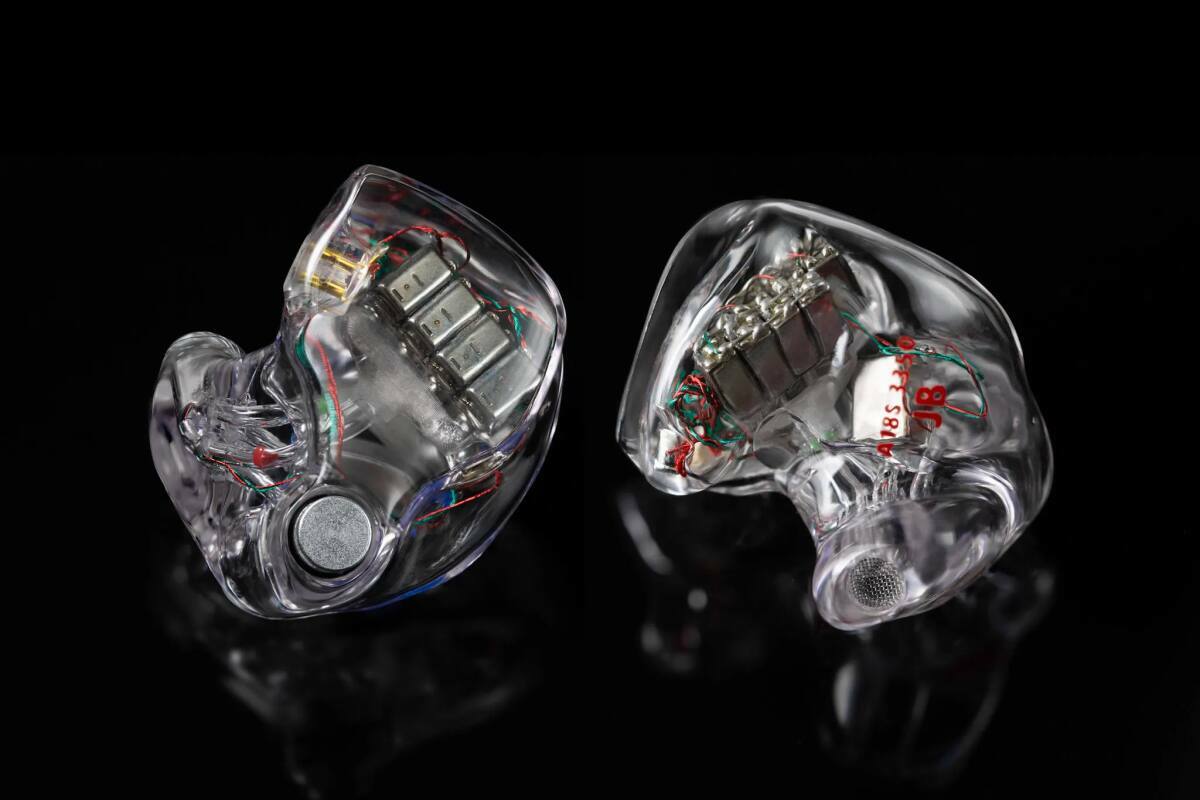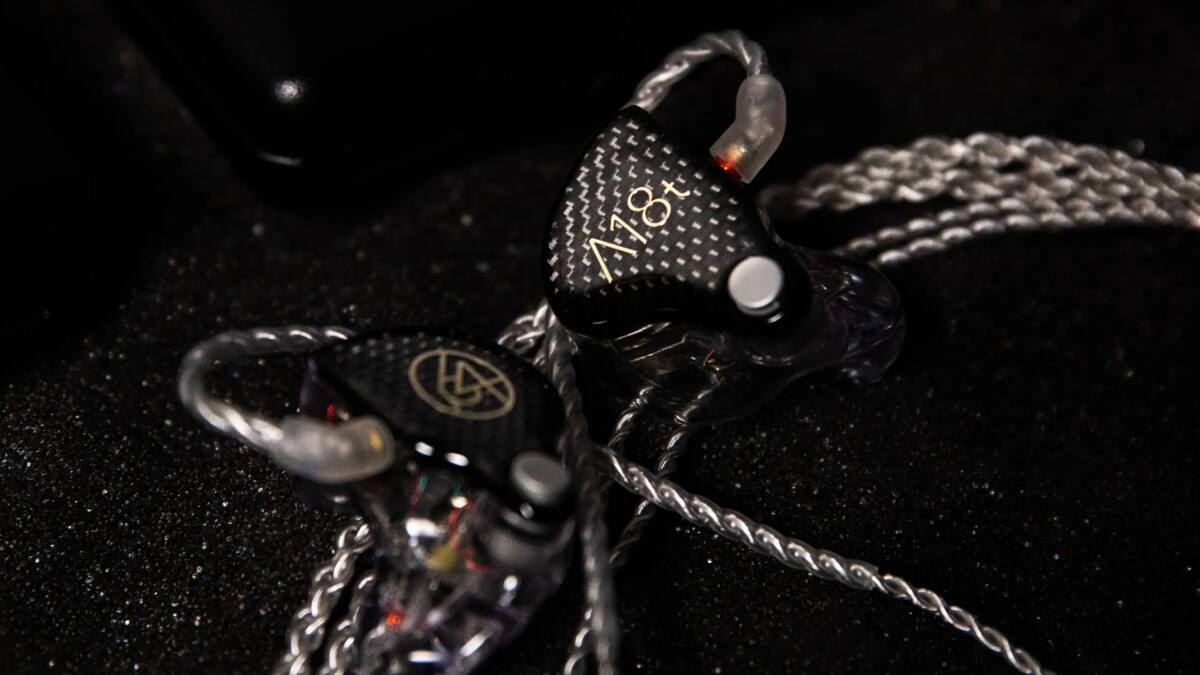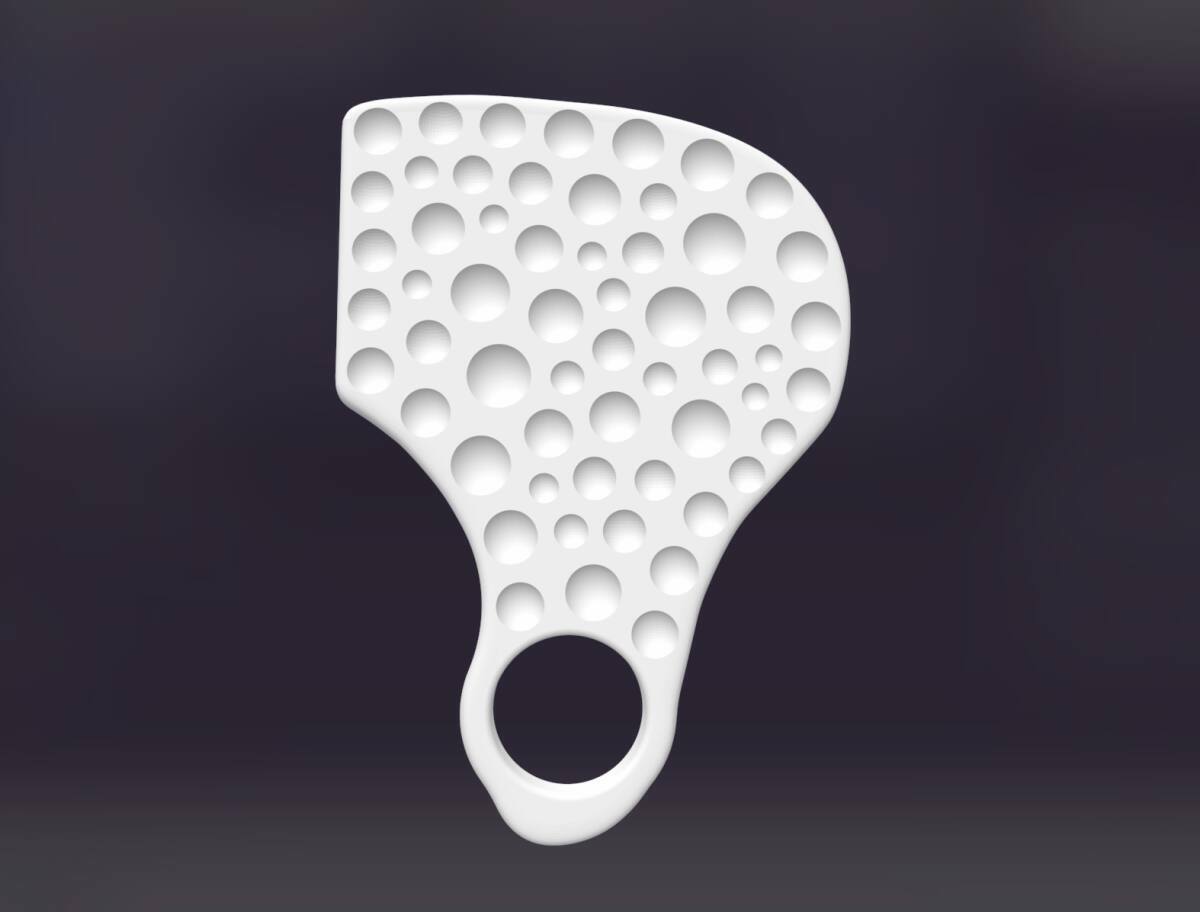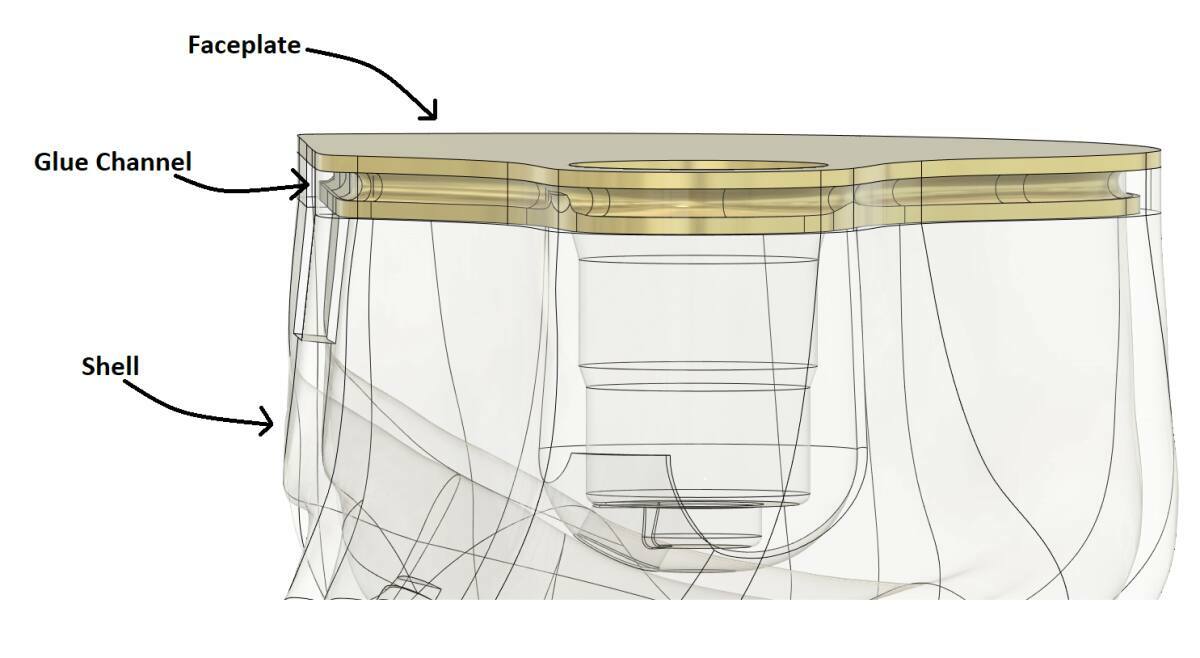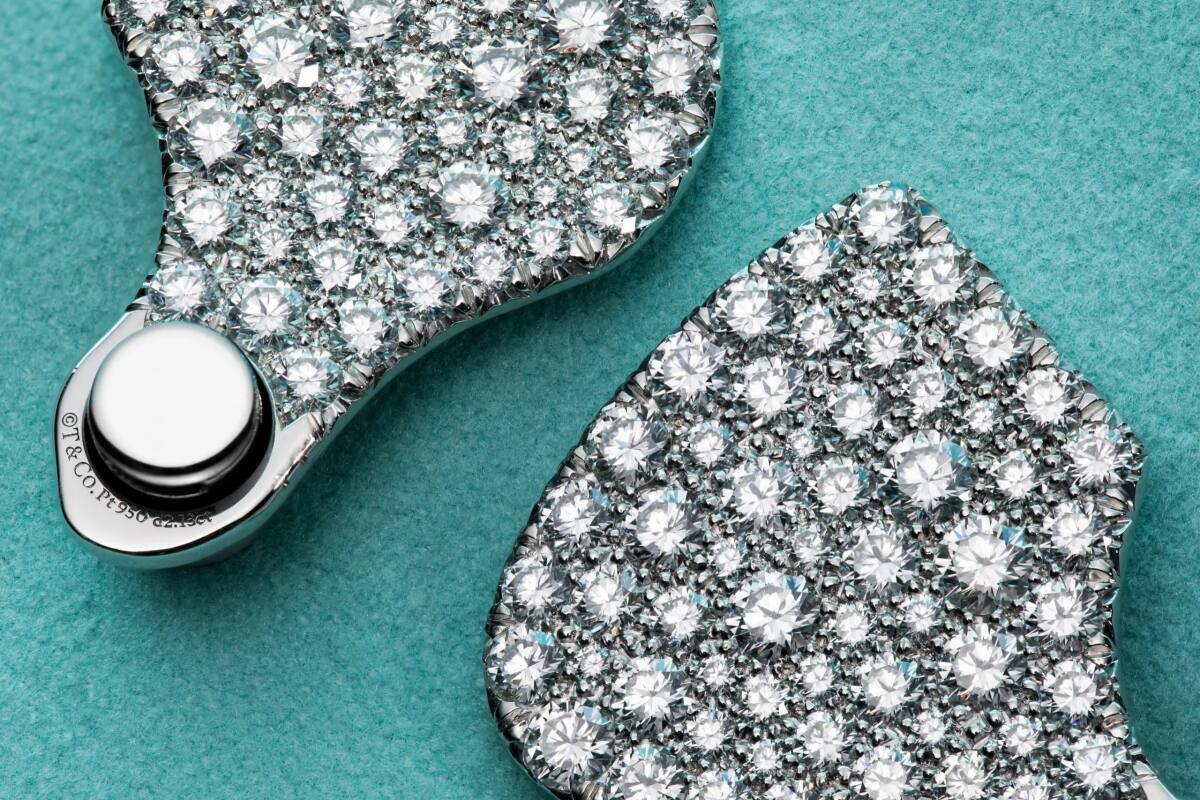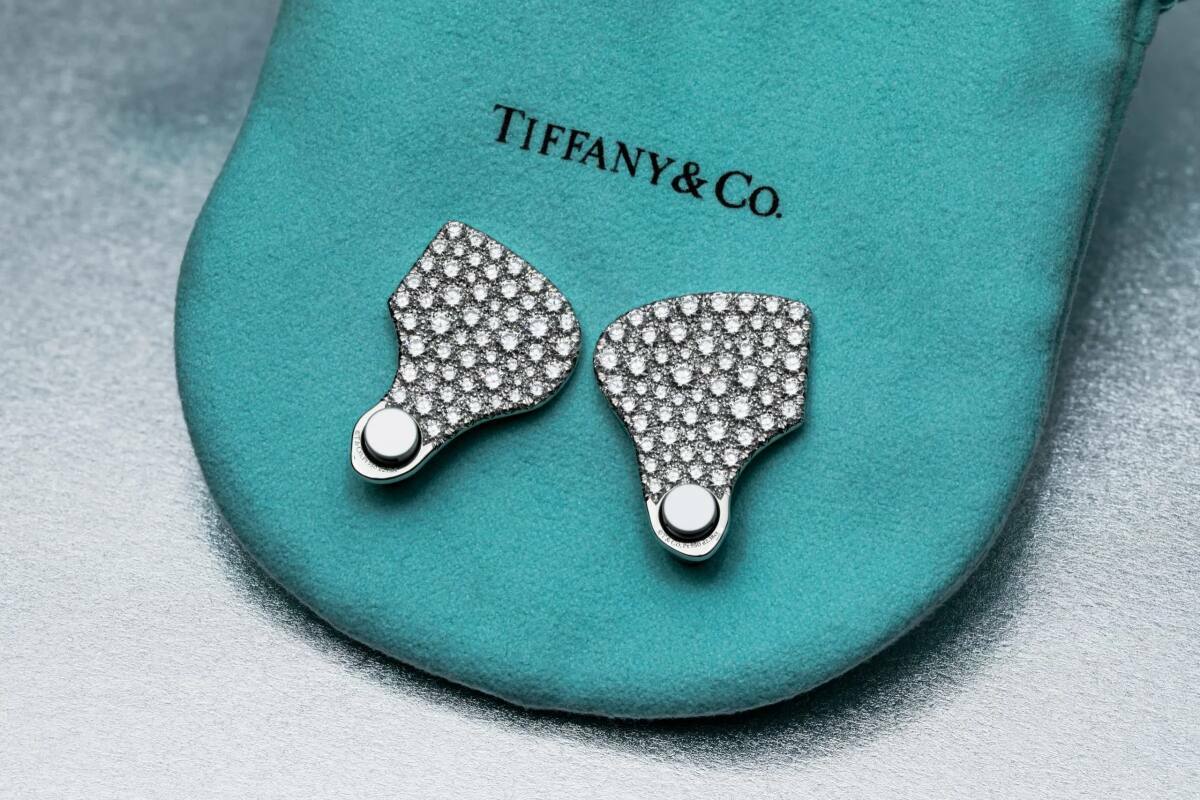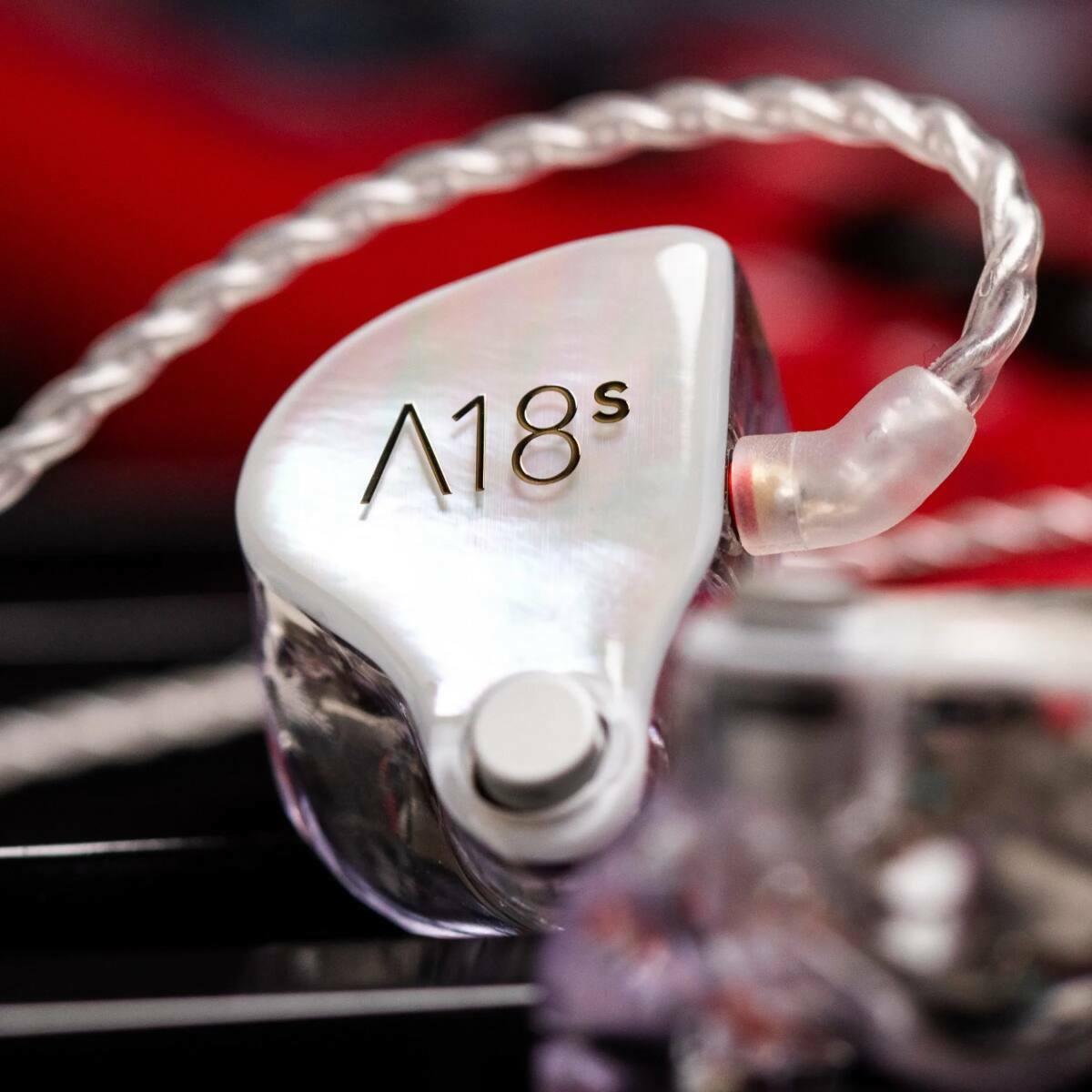Understanding that professional musicians are often using devices that have higher noise and higher output impedance, and often go between devices that have varying impedance between one another, 64 Audio wanted A18s to offer the security of LID.
LID flattens the IEM’s impedance curve which ensures that the voltage from the headphone amp is distributed evenly across all of the driver sets. (So if you use a Shure pack one day and listen to a mix on your laptop the next, you will be hearing the same intended frequency response.)
One of the “industry-first” technological developments used in A18s (and has trickled down to some of 64 Audio’s other new products as a result) is the implementation of an electronic low-pass filter for the low frequency balanced armature (BA) driver pack, consisting of eight BAs.
A low pass filter is used as a crossover, ensuring that only low-frequencies are driven to the low drivers, and every frequency above a certain point is diverted to the low-mid drivers and above.
“This new filter addresses multiple potential problem areas that have plagued IEM design,” points out 64 Audio.
First, it replaces some of the previous acoustic methods of low-pass filters. Typically you would see some version of air volume restricting devices called “peak tube filters” used in the tubes of low drivers. These would eliminate high frequencies by restricting air flow in the tube, but could result in turbulence and distortion.
Second, it unburdens the low-driver pack of all unnecessary work. By only sending the relevant frequency band the driver pack is unencumbered by the other frequencies that would otherwise unnecessarily stress the drivers. These unnecessary frequencies are diverted from the drivers in the circuitry before it hits the drivers, rather than after the drivers.
Solving both of these problem areas contributes to the high max SPL of A18s and makes it a more effective monitoring tool.


